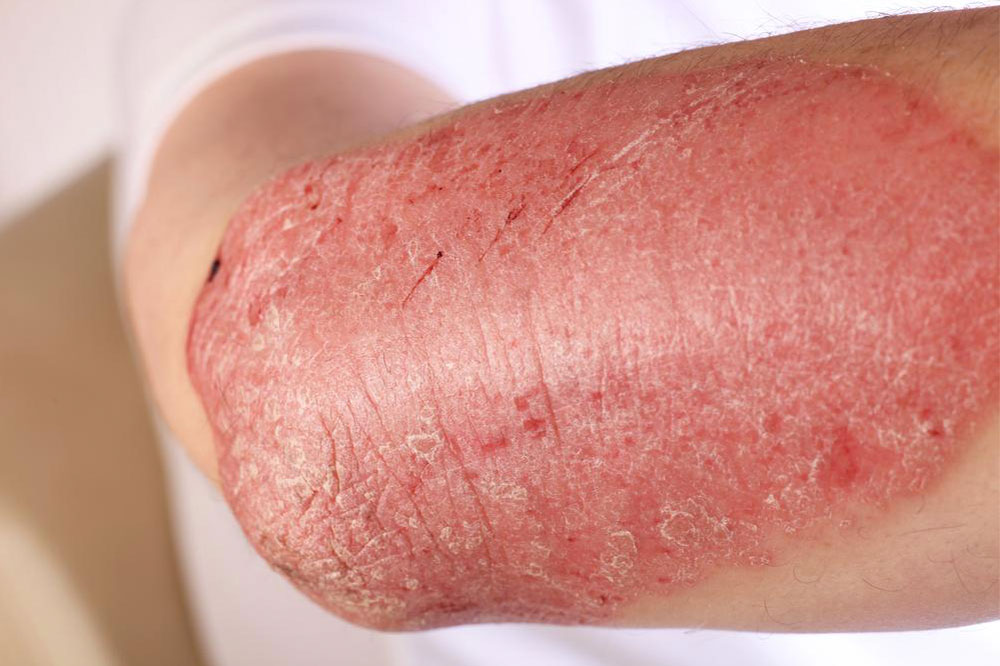Comprehensive Guide to Elevated Monocyte Levels: Causes, Symptoms, and Treatment Strategies
This comprehensive article explores the causes, symptoms, diagnosis, and management of elevated monocyte levels. It emphasizes the importance of understanding monocytosis, recognizing associated health conditions, and adopting lifestyle changes to support immune health. Suitable for those seeking in-depth knowledge about immune system health, this guide highlights diagnostic procedures and treatment options for monocytosis, helping readers make informed health decisions.

Comprehensive Guide to Elevated Monocyte Levels: Causes, Symptoms, and Treatment Strategies
Monocytes are a specialized type of white blood cell crucial for immune defense, playing a significant role in combating infections, clearing dead cells, and supporting tissue repair. Under normal circumstances, monocytes comprise approximately 2-8% of all white blood cells, translating to about 100 to 700 cells per cubic millimeter of blood. When their count exceeds this normal range, it indicates a condition known as monocytosis, which can be a sign of underlying health issues, including infections, autoimmune diseases, hematological disorders, or malignancies.
Understanding Monocytosis and Its Causes
Monocytosis is characterized by an elevated monocyte count in the blood. This increase often signifies the body's response to certain stimuli, such as infections or inflammatory conditions, but can also be related to more serious health concerns like blood cancers. Recognizing the underlying cause is essential for effective treatment and management.
Various medical conditions are associated with increased monocyte levels, including infectious diseases like endocarditis, tuberculosis, and malaria; autoimmune disorders such as rheumatoid arthritis; inflammatory conditions like sarcoidosis; as well as certain blood disorders and cancers. Additionally, physiological responses like recovery from bone marrow suppression, chronic stress, heart attacks, or post-splenectomy status can cause temporary elevations in monocytes.
Recognizing Symptoms Associated with Elevated Monocytes
Many individuals with increased monocyte counts may not experience overt symptoms, especially if the elevation is mild or chronic. However, when symptoms do present, they are typically linked to the underlying causes. Common signs include:
Persistent fatigue and weakness
Swelling or inflammation in specific areas
Fever and chills
To diagnose elevated monocyte levels, healthcare professionals usually conduct blood tests that analyze white blood cell subsets. These tests provide critical insights into the immune system’s status and help identify any abnormalities.
Basophils, constituting about 0.5-1% of white blood cells, release histamine involved in allergic responses.
Eosinophils, making up 1-4%, help combat parasitic infections and contribute to allergic reactions.
Lymphocytes, responsible for antibody production, account for 20-40% of white blood cells.
Neutrophils, the body’s frontline defense against bacteria, comprise 55-70% of white blood cells.
Immature band neutrophils, typically 0-3%, aid in infection control and tissue healing.
A monocyte percentage exceeding 10% or an absolute count over 800 cells per mm3 generally indicates an active immune response to an underlying condition that warrants further investigation.
Diagnostic Approach and Treatment Options
To determine the root cause of monocytosis, doctors may recommend a series of diagnostic tests tailored to the patient's symptoms and history. Key assessments include:
Complete Blood Count (CBC)
Provides an overview of overall white blood cell levels, including monocytes.
Blood Smear Test
A microscopic examination of blood cells to assess their shape, size, and abnormal features.
Absolute Monocyte Count
Calculates monocyte numbers by multiplying the percentage of monocytes in the CBC by the total white blood cell count.
Treatment strategies depend entirely on addressing the underlying cause. This could involve antibiotics or antivirals for infections, chemotherapy or targeted therapies for blood cancers, or antiparasitic medications for parasitic infections. In some cases, managing chronic conditions like autoimmune diseases or blood disorders may require ongoing medical supervision, including regular blood monitoring.
Supporting Immune Health and Maintaining Proper Monocyte Levels
In addition to medical treatment, certain lifestyle modifications can bolster immune strength and help regulate monocyte levels across the board:
Regular Exercise
Engaging in consistent physical activity enhances immune function, promotes healthy blood circulation, and helps maintain balanced white blood cell counts.
Anti-inflammatory Diet
Eating foods rich in antioxidants, such as leafy greens, berries, nuts, fatty fish, and olive oil, can reduce systemic inflammation and support immune regulation. Limiting processed foods, refined sugars, and fried items is also beneficial.
Stress Management and Adequate Rest
Effective stress reduction techniques, combined with sufficient sleep, play vital roles in maintaining immune balance and stabilizing monocyte levels.
If you discover elevated monocyte levels during routine blood work, it's essential to consult your healthcare provider promptly. Proper diagnosis and tailored treatment can effectively address potential underlying health issues, ensuring overall well-being and immune health.





